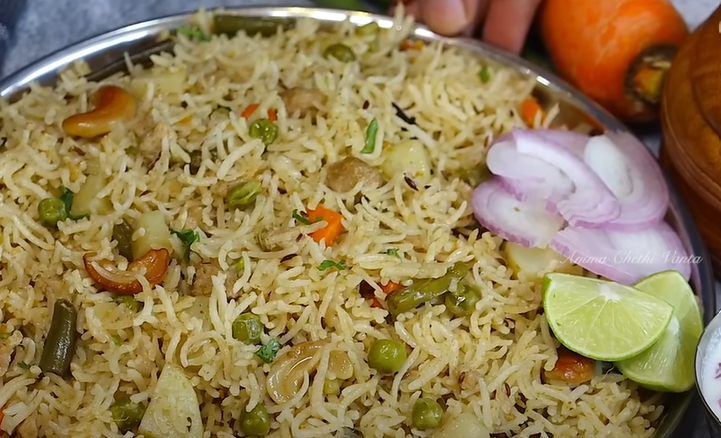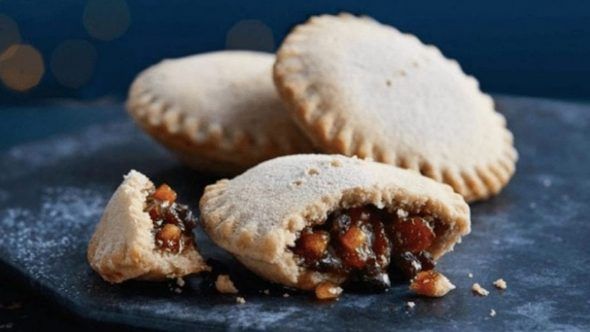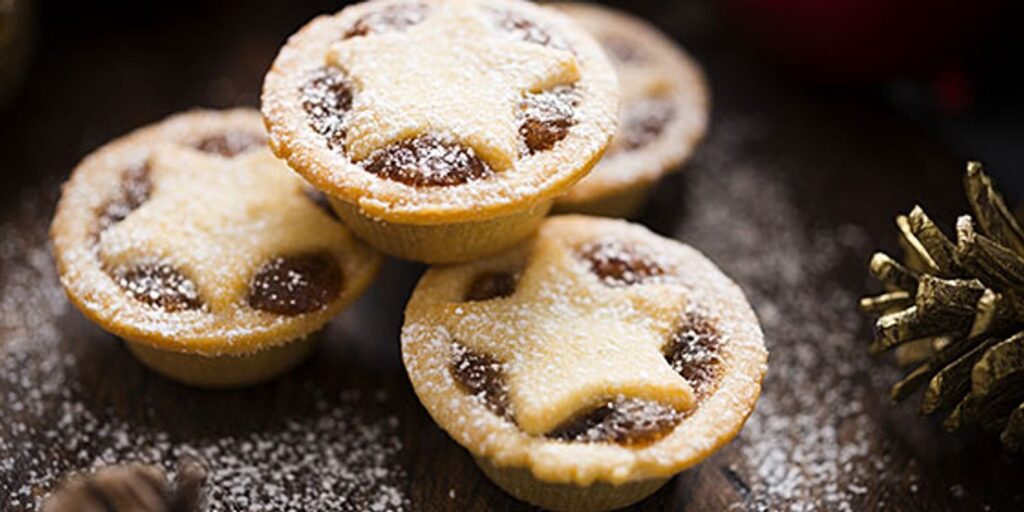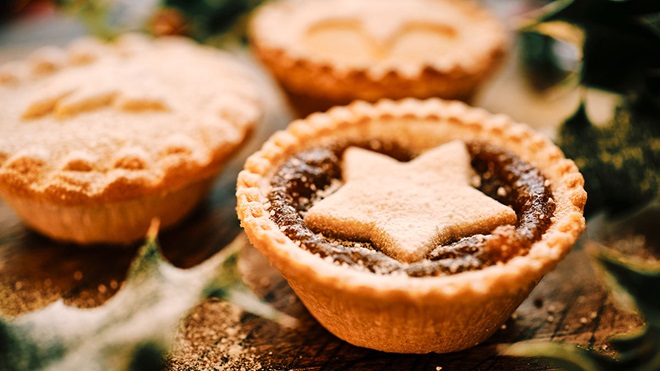Introduction
Before you go reaching for your bog-standard long-grain rice, think again and embark on a culinary adventure with homemade pilau rice! This vibrant dish not only adds a burst of color to your plate but also offers versatility, allowing you to incorporate various veggies or proteins to enhance its appeal.

The Importance of Soaking Basmati Rice
Rinsing Away Starchy Impurities
As we delve into the art of making pilau rice, one crucial step stands out – the soaking of basmati rice. The choice of basmati rice sets the foundation for the dish, and allowing it to soak in water beforehand holds significant benefits. Rinsing the rice serves to remove starchy impurities, ensuring a cleaner, more refined texture.
Absorbing Elegance: The 15-Minute Soak
However, the magic doesn’t stop at rinsing. A 15-minute soak in water is the secret ingredient for achieving those delightful, fluffy grains once the rice is cooked. This soaking time allows the basmati grains to absorb water, transforming them into a symphony of texture and taste. Trust the process; your taste buds will thank you.
The Spice Ensemble
Cinnamon, Bay, Cardamom, and Cumin: The Pillars of Fragrance
The heart and soul of pilau rice lie in its rich tapestry of spices. A carefully curated blend of cinnamon, bay, cardamom, and cumin forms the backbone of its distinctive aroma. These spices work in harmony, infusing the dish with layers of flavor that elevate it from a simple side to a culinary masterpiece.
The Dynamic Trio: Chilli, Garlic, and Ginger Paste
To amplify the flavor profile, we introduce a dynamic trio – chilli, garlic, and ginger. Combining these aromatic ingredients in a paste creates a concentrated burst of taste, ensuring that each bite is a sensorial delight. This paste becomes the bridge that connects the individual spices, transforming them into a cohesive and tantalizing whole.
Liquid Gold: Opting for Stock Over Water
Elevating Flavor with Veggie Stock
The alchemy of pilau rice reaches its pinnacle with the choice of liquid – stock, specifically vegetable stock. The decision to use stock, in this case, vegetable stock, is not merely a substitution for water but a strategic move to enhance the dish’s flavor profile. The stock infuses a depth of taste that water simply cannot replicate, turning your pilau rice into a culinary masterpiece.
Crafting Culinary Poetry: The Recipe
Ingredients
- 250 g basmati rice, rinsed
- 1 green chilli, seeds removed, finely diced
- 2 garlic cloves, finely diced
- 2.5cm fresh ginger, peeled and finely diced
- 3 tbsp. vegetable oil
- 1 cinnamon stick
- 4 cloves
- 1 bay leaf
- 1 large onion, finely sliced
- 1/2 tsp. ground cardamom
- 1/2 tsp. ground cumin
- 500 ml vegetable stock
- 125 g frozen peas, rinsed
Directions
Step 1: Rice Soaking Ritual
Commence your culinary journey by soaking the basmati rice in cold water for a harmonious 15 minutes. This simple act sets the stage for the transformation that awaits.
Step 2: Crafting the Flavor Base
Enter the realm of flavors by creating a paste with green chilli, garlic, and ginger. The pestle and mortar become your tools in crafting this aromatic symphony.
Step 3: Aromatics Unleashed
In a large pan, let the vegetable oil dance with the cinnamon stick, cloves, and bay leaf. Allow them to release their aromatic essence, creating a fragrant ambiance that signals the beginning of culinary magic.
Step 4: The Golden Onion Saga
Lower the heat and let the onion take center stage. Cook it until soft and golden, approximately 10 minutes. Stir in the cardamom and cumin, cooking for an additional 2 minutes. Remove the bay leaf and cinnamon, setting the aromatic mixture aside for later use.
Step 5: Infusion of Flavors
In the same pan, let the chilli, garlic, and ginger paste sizzle for 2 minutes. Add the rice, ensuring it’s well-coated with the aromatic paste. Season generously with salt and pour in the vegetable stock. Reintroduce the onion mixture to the pan and let the symphony simmer, covered, for 5 minutes.
Step 6: Peas, the Final Movement
Add the final touch with the introduction of peas, cooking for an additional 5 minutes until the rice has absorbed all the flavorful stock.
Step 7: The Grand Finale – Fluff and Serve
Before presenting your culinary creation, fluff up the rice with a fork, allowing the grains to separate and showcase their newfound texture. The pilau rice is now ready to take its place as the grand finale of your dining experience.
Conclusion
Homemade pilau rice transcends the realm of ordinary side dishes, inviting you on a journey where every step is a celebration of flavor and aroma. From the meticulous soaking of basmati rice to the aromatic dance of spices and the infusion of vegetable stock, each element contributes to a culinary masterpiece that graces your plate with vibrancy and sophistication. Embrace the art of pilau rice-making, and let your kitchen become a stage for the symphony of flavors that unfold with every delicious bite.







